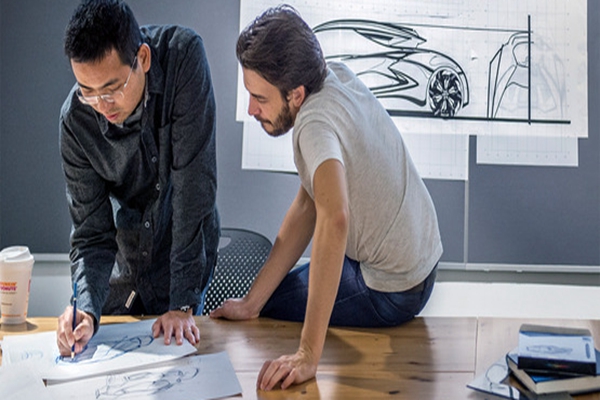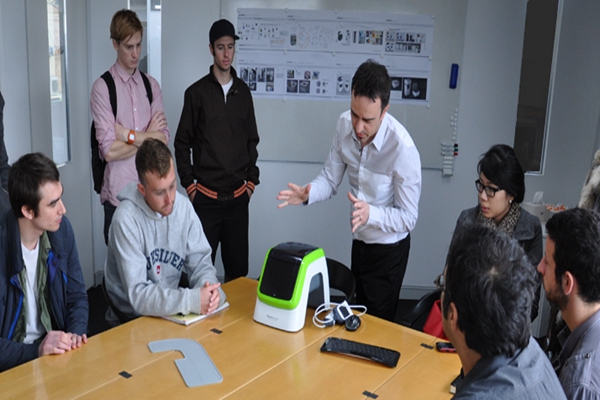The manufacture of prototypes has become the best method of sourcing funding and showing potential investors and customers the full functionality and design of new products about to enter the market. With rapid prototyping, the costs, time, and labor involved in creating these prototypes have been reduced.
What is Prototype Manufacturing?
Prototype Manufacturing can be described as the act of designing and developing a product as close as possible or to meet the product specifications in order for it to be used to evaluate a lot of areas like performance, function, appearance, or how a part or assembly relate. Other evaluation areas could be design reviews and to show potential investors and customers.
Prototype manufacturing is gaining traction in the manufacturing industry due to the emergence of rapid prototyping and low volume manufacturers. This has made product developers shift from mass production into low volume manufacturing where prototype manufacturing plays a big role. Learning more about how we will help you automotive prototype & parts succeed in passing the test stage of the trial production with low volume production services.
When it comes to prototype manufacturing, the prototype may or may not be manufactured using the actual manufacturing process. Usually, the prototype will include all features required for the final part this is to enable the part to be evaluated.
Complex prototypes could be manufactured using 3D printers, CNC machines, or even casting. The method chosen is dependent on what the prototype is to be used for.
Manufacturing prototypes is a good way to evaluate production techniques, materials, and costs. It also allows a manufacturer to receive feedback from different stakeholders.
Categories of Prototypes

Prototypes are important and useful in different stages of manufacturing. Each category has a different look, function, and feedback content. They can also be made on a different scale, using different materials, and sometimes a different appearance from the finished product.
The benefit of each category also differs, which is why we will be treating each;
Proof of Concept Prototype
This prototype tests the design function of the intended product, sometimes without full functionality. It is used to determine if the materials used and the product perform as they ought to. A benefit of this category is the ability to make design changes before actual manufacturing starts, thereby saving costs.
Visual Prototype
As its name implies, this prototype is used to show the size and appearance of the intended product without any functionality. This type of prototype is used in packaging to determine the appropriate package for the product and in marketing ads.
A benefit of this prototype is if it is damaged in its use, there is no major loss accrued. It can also be used in study groups to receive feedback about if the product will sell or not.
Working Prototype
This prototype shows the full functionality of the intended finished product, but most times it does not show the final appearance of the product. It is used to determine if the final product will function as intended. A benefit of this prototype is the ability it gives to change the design in order to improve functionality.
User Experience Prototype
This prototype has enough of the final product’s appearance and functionality for it to be used in end-user market research. This allows for testing on the consumer end in order to determine if the product is satisfactory to the end-user and user friendly.
A benefit of this prototype is that its feedback allows the developer to see how the market might react to and interact with the product. It also provides the opportunity for improvements to be made for customer approval.
Functional Prototype
This has the full functionality and appearance of the final product. It could also be made on a different scale and using different methods and materials than the final product. This prototype is most times used to source funding for production from potential investors.
Advantages of Prototypes

Prototypes provide many advantages. From basic design to consumer satisfaction, the benefits of prototypes cannot be overstated
Early Discovery of Design Problems
The very first benefit of using prototypes is that they help in determining design problems and issues with manufacturing at an early stage. Early detection helps to avoid issues later and reduces the costs of waste.
Estimation
Prototypes aid in estimating production costs like material requirements, manufacturing time, personnel requirements, and other costs. These elements are needed when trying to get funding and determining the final cost of the product.
Machinery Determination
No product can be produced without machinery. Prototypes help in determining the machinery to be used, if adaptations need to be made to the machinery present or if new machinery needs to be gotten. It also helps to determine which production method is best suited to production and minimizes cost and waste.
Fit and Durability Testing
When making parts that need to be assembled, manufacturing a prototype first makes it possible to check if the fit of the parts is correct. This saves time that can be lost to rework and the cost of materials wasted. It also helps in determining the durability of the materials used
Feedback and Improvement Identification
Prototypes help to receive feedback from clients, investors, customers, distributors, and other stakeholders. Such feedback can help determine the final design and function of the product. Research and feedback from customers help to create customer satisfaction and provides confidence in the product’s marketability.
Aids in Obtaining Funds and Investors
Getting funds and investors is a struggle on its own. But with a functional prototype and results from testing other prototypes, it becomes a bit easier. Investors feel more confident when they can see the prototype and results from market and consumer testing. It also aids in them taking you more seriously.
Conclusion
Prototypes give many benefits and can be used in almost any business environment. With the variety of prototypes that exist, you will be able to find one that fits your needs. With rapid prototyping, the cost and time required to produce the prototypes can be reduced to a fraction.




